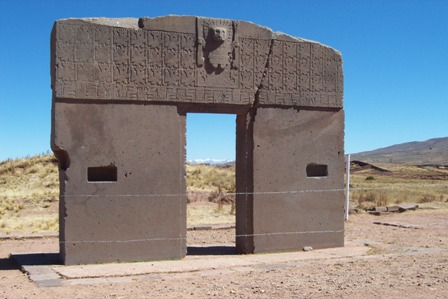- Series:Archaeology, Transcript English
Ecclesiastes 1:9
“The thing that hath been, it [is that] which shall be; and that which is done [is] that which shall be done: and [there is] no new [thing] under the sun.”
It is unfortunate that we so often have the sense that nothing technologically important has happened in human history until modern times. This helps maintain the illusion that humans are indeed progressing and evolving upward.
 Differential gears, allowing a machine to perform two functions simultaneously, were not used in modern times until 1575. However, a model planetarium using differential gears was found in a ship that sank off Greece in 78 B.C. While Ben Franklin is given credit for discovering electricity, electric batteries dating from 100 B.C. have been found in Iraq.
Differential gears, allowing a machine to perform two functions simultaneously, were not used in modern times until 1575. However, a model planetarium using differential gears was found in a ship that sank off Greece in 78 B.C. While Ben Franklin is given credit for discovering electricity, electric batteries dating from 100 B.C. have been found in Iraq.
The Gate of the Sun is a 10-ton, intricately carved stone gate in Bolivia, 13,000 feet above sea level. In Mexico there are boulders with faces carved on them. They were erected between 1250 and 400 B.C., carved out of boulders weighing up to 24 tons that were quarried 45 miles away from their present location. How were these giants moved and erected? Joseph Davidovits, a scientist at the Geopolymer Institute in France, believes he may know. He suggests that the builders chemically broke down the stone with acid. Then they carried the liquid stone to the present sites and poured the liquid into molds. In support of his theory, Davidovits points out that some Indians still use this method now, while traces of the acid can still be found in some ancient stone structures.
Despite all of our modern gadgets, there is no evidence that humans are any more clever today than they were on the first day they walked the Earth – just as the Bible says.
Prayer:
Heavenly Father, humans easily fill themselves with pride over their accomplishments. I confess that my pride, too, gets out of control. Forgive me for the sake of the innocent suffering and death of Your Son for me. Teach me how to better glorify You rather than myself. In Jesus’ Name. Amen.
Notes:
Patton, Robert. 1982. Ooparts. Omni, v. 4. p. 53.
